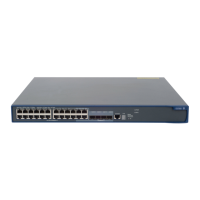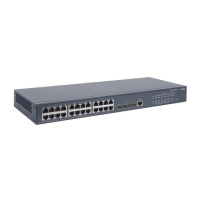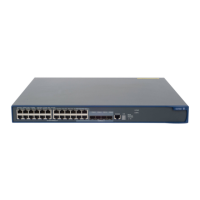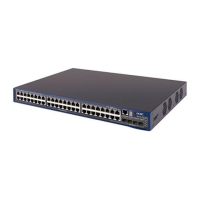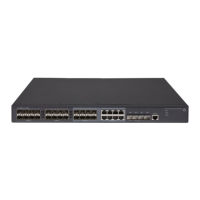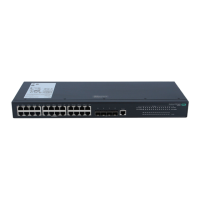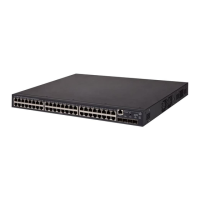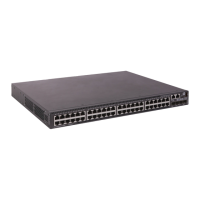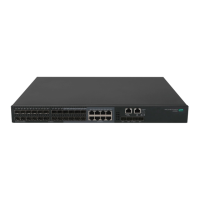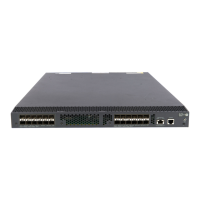123
To do… Use the command…
Remarks
Enter system view system-view —
Configure the protocol type for the
local portal server to support and load
the default authentication page file
portal local-server { http | https
server-policy policy-name }
Required
By default, the local portal server
does not support any protocol.
Configure the welcome banner of the
default authentication pages of the
local portal server
portal server banner
banner-string
Optional
No welcome banner by default.
Enabling portal authentication
Only after you enable portal authentication on an access interface, can the access interface perform
portal authentication for connected clients.
Enabling Layer 2 portal authentication
Before enabling Layer 2 portal authentication, make sure that:
• The listening IP address of the local portal server is specified.
• Layer 3 portal authentication is not enabled on any interface.
Follow these steps to enable Layer 2 portal authentication:
To do… Use the command…
Remarks
Enter system view system-view —
Enter Layer 2 Ethernet interface
view
interface interface-type
interface-number
—
Enable Layer 2 portal
authentication on the port
portal local-server enable
Required
Not enabled by default.
NOTE:
• To ensure normal operation of portal authentication on a Layer 2 port, do not enable port security,
ues
VLAN of 802.1X, or EAD fast deployment of 802.1X on the port.
• To support assignment of authorized VLANs, you must enable the MAC-based VLAN function on the
port.
Enabling Layer 3 portal authentication
Configuration guidelines
• You cannot enable portal authentication on a Layer 3 interface added to an aggregation group,
nor can you add a portal-enabled Layer 3 interface to an aggregation group.
• The destination port number that the access device uses for sending unsolicited packets to the portal
server must be the same as the port number that the remote portal server actually uses.
• The portal server and its parameters can be deleted or modified only when the portal server is not
referenced by any interface.
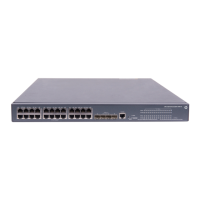
